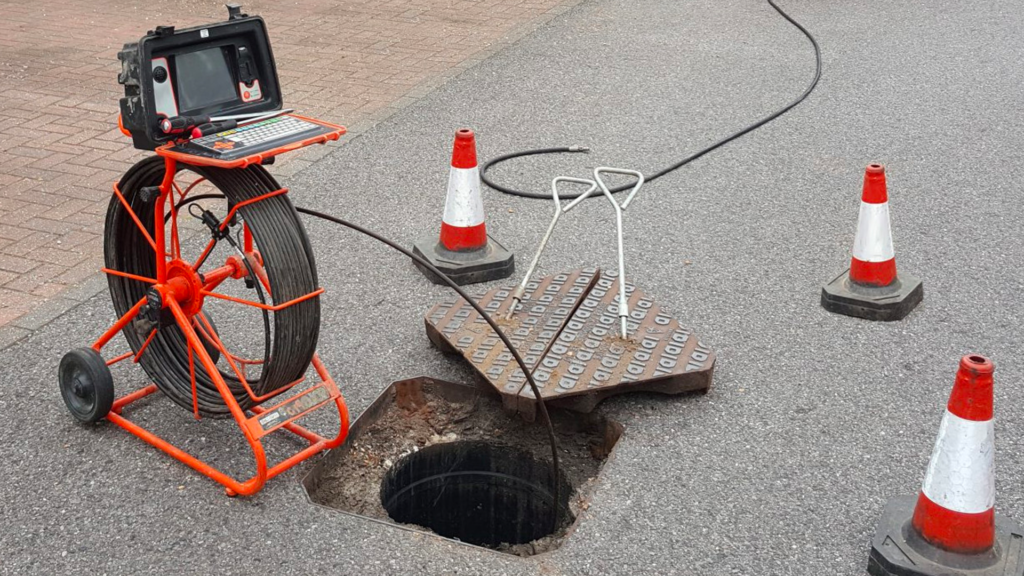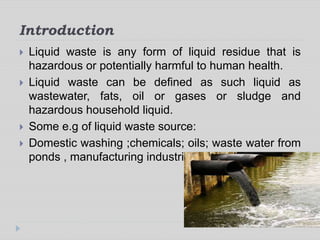About Reclaim Waste
About Reclaim Waste
Blog Article
A Biased View of Reclaim Waste
Table of Contents4 Simple Techniques For Reclaim WasteMore About Reclaim WasteRumored Buzz on Reclaim WasteReclaim Waste Fundamentals ExplainedGetting The Reclaim Waste To Work
Residential sewer waste refers to the waste and items from a domestic septic container. The appropriate management and disposal of residential sewer waste need liquid waste to be moved to a sewage therapy plant where the correct approaches and equipment are used to cleanse and dispose of waste.
Industrial waste frequently consists of potential risks, such as flammable materials or a combination of fluid and strong waste items, and needs an advanced and comprehensive disposal procedure. The disposal of business waste typically involves the filtration of waste prior to transportation to guarantee safe and appropriate disposal. Industrial waste is developed from by-products and runoff of commercial procedures and manufacturing.
This kind of waste can not utilize the exact same sewage management transportation or processes as septic or business liquids. The commercial waste monitoring process calls for the examination and screening of fluid waste prior to it undergoes the disposal process (industrial wastewater treatment). Drainage waste is the fluid waste that originates from drainage and excess stormwater in highly inhabited locations or cities
Runoff waste can create contamination and flooding if not taken care of properly. Learn extra regarding sewer cleaning and waste monitoring. Guaranteeing proper waste management can avoid disasters and decrease ecological injury. Both individuals in property setups and professionals in industrial or production sectors can take advantage of understanding the processes and regulations of liquid waste monitoring.
The 6-Second Trick For Reclaim Waste
Contact PROS Solutions today to discover our waste monitoring and disposal solutions and the appropriate means to care for the fluid waste you generate.
(https://filesharingtalk.com/members/604691-reclaimwaste1)Do you understand what takes place to your water when you pull the plug, flush the bathroom or drain pipes the washing device? No? Well, it's worth knowing. This supposed 'wastewater' is not just a crucial resource yet, after therapy, will be released to our land, rivers or the ocean. Made use of water from bathrooms, showers, bathrooms, cooking area sinks, washings and industrial processes is understood as wastewater.

water used to cool machinery or tidy plant and tools). Stormwater, a form of wastewater, is runoff that flows from agricultural and urban locations such as roofs, parks, yards, roads, courses and rain gutters right into stormwater drains, after rainfall. Stormwater streams neglected directly to regional creeks or rivers, ultimately getting to the ocean.
Excitement About Reclaim Waste
In Queensland, the majority of wastewater is treated at sewer therapy plants. Wastewater is carried from domestic or industrial sites through a system of drains and pump terminals, known as sewage reticulation, to a sewage therapy plant.
The Division of Natural Resources encourages city governments about handling, official statement operating and keeping sewerage systems and treatment plants. In unsewered locations, regional governments might need homeowners to set up private or house sewage treatment systems to deal with residential wastewater from bathrooms, cooking areas, restrooms and washings. The Division of Natural Resources authorises making use of household systems when they are proven to be effective.
Most stormwater receives no therapy. In some new class, treatment of some stormwater to eliminate litter, sand and gravel has actually begun utilizing gross pollutant traps. Wastewater therapy occurs in 4 phases: Eliminates solid issue. Larger solids, such as plastics and other items mistakenly discharged to sewers, are removed when wastewater is passed with displays.
Utilizes tiny living organisms recognizes as micro-organisms to damage down and get rid of staying dissolved wastes and fine particles. Micro-organisms and wastes are integrated in the sludge.
Rumored Buzz on Reclaim Waste
Nutrient removal is not offered in any way sewage treatment plants since it calls for pricey specialized equipment. It is ending up being more typical in Queensland. Clear liquid effluent generated after therapy may still have disease-causing micro-organisms. If this effluent is launched into waterways such as rivers or the sea, the micro-organisms will ultimately pass away out.

This usually implies wastewater needs to be treated or contaminants gotten rid of before it can be released to rivers. Many wastewater moves right into the sewage system. Under the Act, city governments administer authorizations and licences for eco relevant tasks (ERAs) involving wastewater releases that may have a neighborhood impact. The division provides authorizations and licences to ERAs involving wastewater launches that may have a local or statewide impact.
Indicators on Reclaim Waste You Should Know
Tracking provides factual information concerning water top quality and can validate that permit problems are being met. The details gotten via surveillance offers the basis for making water quality choices.
Report this page